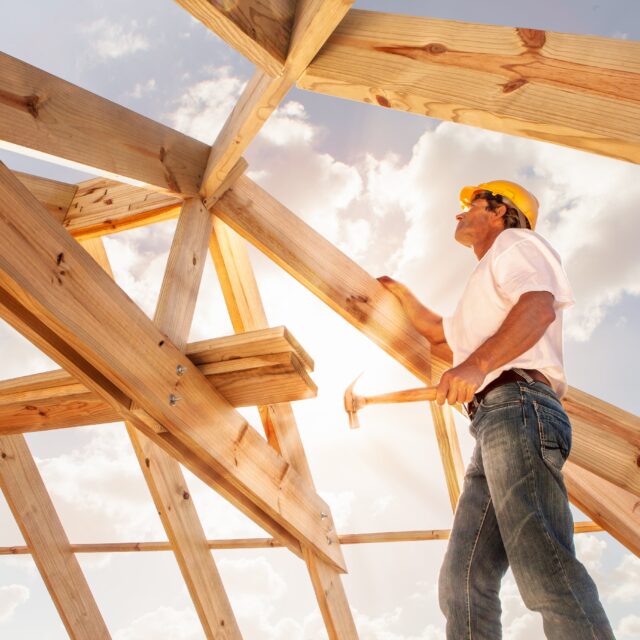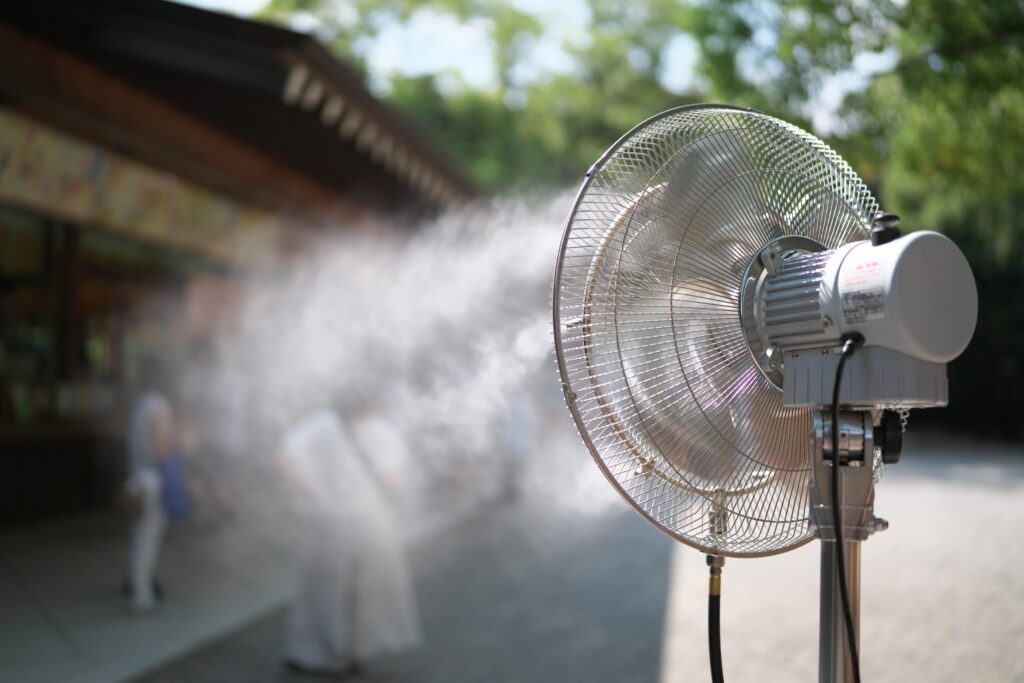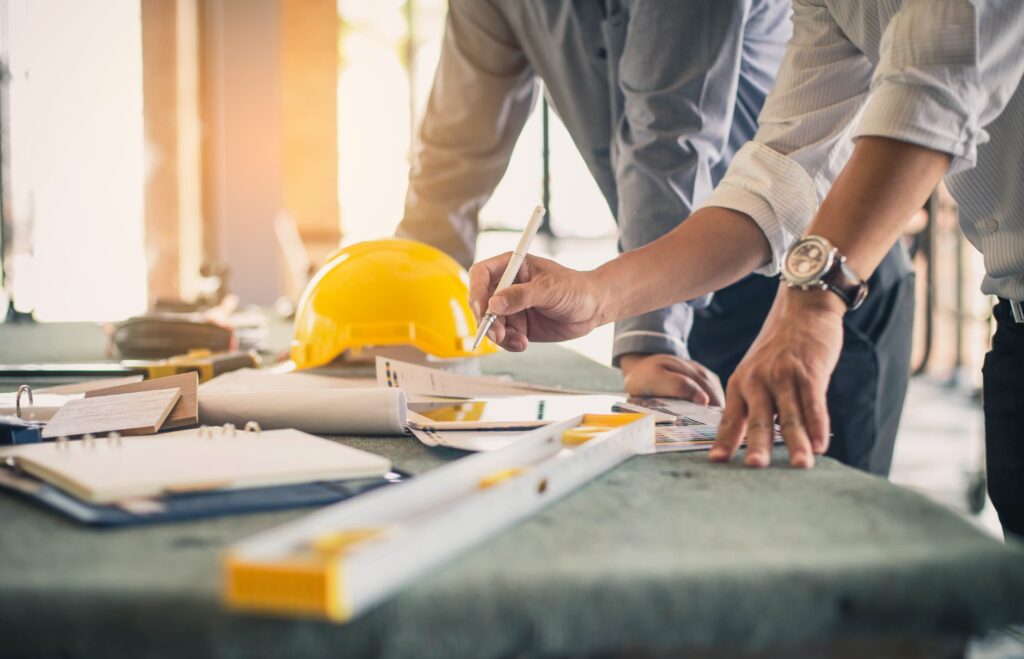Construction Heat Safety: Tips for Homeowners and Contractors

- Written by: jlbmdev

The summer sun brings longer days, which are perfect for making progress on home renovation projects. But hot weather also poses a serious threat to both homeowners and contractors when working outdoors.
Here are some essential construction heat safety tips to help you watch for heat-related illnesses and what you can do to help prevent them not only for you and your family but for anyone working in or on your home.
As you’re working outside, it’s important to know when it’s too hot. There’s a fine line between being too hot and a serious problem like heat exhaustion or heatstroke. Knowing the differences between different heat-related illnesses could help save someone from a medical emergency.
Heatstroke is the most serious heat-related illness that happens when your body temperature is 104℉ or higher. It’s a condition caused by your body overheating, usually as a result of prolonged exposure to or physical exertion. The condition is most common in the summer months.
When you think someone has heat stroke, there are certain symptoms to look for such as:
Heatstroke and heat exhaustion share several symptoms so it can be hard to determine which one is happening. When you see someone experiencing heatstroke, you should call 911 immediately. The next immediate concern is to help lower their internal body temperature. You can do this by moving them to a cooler place and applying a cool cloth to their face or neck.
The biggest tip to remember is NOT to give the person something to drink.
Heat exhaustion is a condition that happens when your body overheats. Symptoms may include heavy sweating and a rapid pulse. Heat exhaustion is one of three heat-related illnesses, with heat cramps being the mildest and heatstroke being the most serious.
Some of the more common signs of heat exhaustion are:
Unlike if you have heat stroke, it is okay to drink some water or sports drinks. If your symptoms don’t improve in an hour or so, you should call your doctor in case it is heatstroke.
Heat cramps are painful, involuntary muscle spasms that usually occur during heavy exercise in hot environments. The spasms may be more intense and more prolonged than typical nighttime leg cramps. One of the main contributing factors to heat cramps is dehydration.
The main symptom of heat cramps is feeling your muscles tighten and harden. The pain can range from mild to severe. Sometimes, you can even see your muscle cramping. You could also experience other symptoms of heat exhaustion like:

While experiencing any heat-related illness can be a scary situation, there are several tips you can use to avoid overheating.
Drink plenty of fluids, especially before you feel thirsty. Aim for at least 8 ounces of cool water every 15-20 minutes. In extreme heat, consider electrolyte-enhanced drinks alongside water to help replenish any nutrients you’ve lost. Avoid sugary drinks and caffeine, which can dehydrate you further. Stick to sports drinks and water to keep yourself hydrated.
Remember being told to dress for the weather? This applies to working outside as well. Wear loose-fitting, breathable clothing made from natural fibers like cotton, which helps sweat evaporate. Light-colored clothing reflects heat, while dark colors absorb it so it’s best to wear light colors when you’re working outside, even if it’s for a short time.
You can also wear a wide-brimmed hat to protect your head, neck, and face from the sun. For further protection, remember to wear sunscreen with SPF 30 or higher, and reapply every two hours, or more often if you’re sweating heavily.
If possible, schedule the most strenuous work for cooler times of the day, like early morning or evening so workers aren’t out during the hottest part of the day. If you need to work during the day, focus on less strenuous projects so you don’t get heat exhaustion or heatstroke.
Schedule frequent breaks in cool, shaded areas or ideally in air-conditioned spaces if available. Also if any projects can be done in the shade, then the job can move to a cooler location, keeping everyone safe and on schedule.
While this tip seems self-explanatory, it can be hard to know what methods will work in helping you stay cool in the heat. One way is to use cooling products, like towels, vests, or helmet inserts. Some companies make towels that once they’re submerged in water will keep the wearer cool for several hours.
Misting fans are also a good way to help keep cool. Manufacturers make several different sizes from personal misters to industrial ones meant for job sites or large crowds. Pair one of those with a shade structure and you have a space where someone can escape the heat.
While many construction crews try to schedule projects around the weather, sometimes working in hot weather is unavoidable.

Hiring a contractor is a delicate process. You’ve decided that this is the best time to renovate your home and now you need to find the right contractor to trust with your biggest investment.
At J&L Building Materials, we understand the stress you’re under and want to help with our large network of trusted contractors. Our expert team can help you find the right one who knows everything from what are the best products for the job to construction heat safety tips.